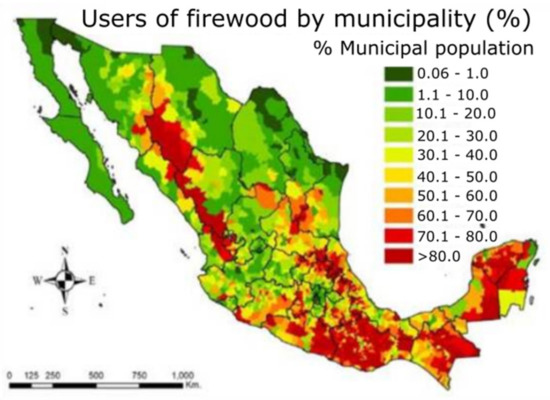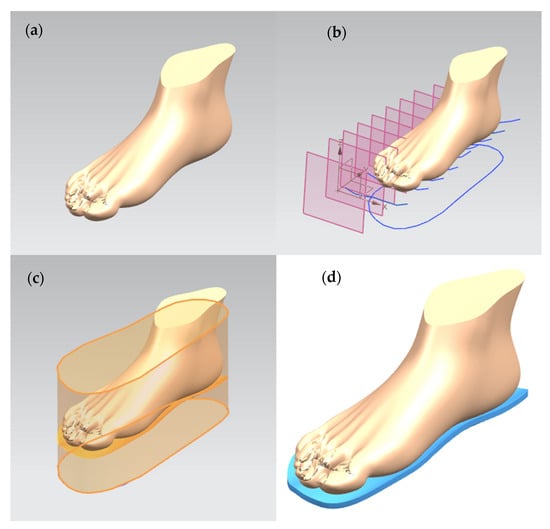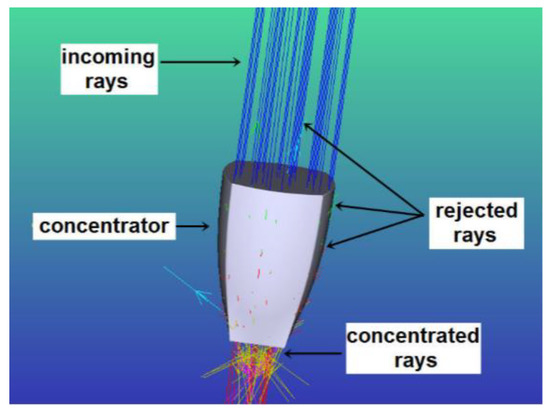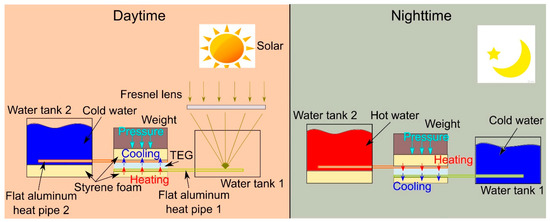Sustainability in Product Development
A topical collection in Sustainability (ISSN 2071-1050). This collection belongs to the section "Sustainable Products and Services".
Viewed by 16731Editor
Interests: machinery design; composites; nanocomposites; machinery vibration monitoring; lightweight compliant joints; engineering education
Topical Collection Information
Dear Colleagues,
Our world is composed of many environmental, economic, and societal systems. All of them are interconnected, and a very fragile and interrelated equilibrium exists, at individual, organizational, and global levels. Due to the extreme complexity of those systems, sufficiently big shocks can put them in an irreversible unstable state. Today, we are continuously receiving signals of instability. For this reason, great efforts are being made in various human activities to guarantee a sustainable growth, balancing the social, economic, and environmental goals.
Products and services launched in the market in recent decades have a remarkably lower lifecycle environmental impact, while being technically and economically feasible. Their manufacturing is carried out following more equitable rules. The impressive recent sociological, scientific, and technological advances, allowing for better efficiencies, reduced emissions, and a deeper consideration of all the stakeholders involved, are not the only reason for this. The emergence of numerous product development standards, tools, and management systems based on the sustainability criterion has also been a key lever for this positive evolution. For instance, during the product planning stage, tools such as stakeholder analysis allow for a deeper insight into the social and economic tradeoffs the new ventures will imply. Likewise, technical resources such as restricted material databases or environmental impact quantification tools have greatly improved the speed and quality of the concept and detailed design stages. During the product launch and market stages, tools such as fair supplier certifications have allowed for a reduction in inequalities. Finally, innovative total management systems or open innovation allow for aligning all the organization resources in society-centered values and, consequently, processes. The Sustainable Development Goals stated by the United Nations create a superb framework with respect to which all the above tools are developed.
However, there are still big challenges in all the above tools and methodologies which, along with the very promising research results in different knowledge fields related to sustainability, will drive us to a much more sustainable world in the future in environmental, economic and social terms. For this reason, researchers, developers, managers, and any other actors in the sustainable product development system are invited to submit their contributions to the Special Issue “Sustainability in Product Development”. The issue will be focused, but not restricted, to subjects as:
- New or improved product development systems and tools including sustainability considerations;
- New or improved social, economic, and environmental impact quantification metrics;
- New sustainable products and services in energy, building, construction and urban planning, chemistry, food, transport and logistics, industrial processes, supply networks, agriculture, healthcare, and others;
- Education towards sustainable product development;
- Sustainability-motivated standardization in product development.
I am sure that this Special Issue will provide the community with relevant data, insight, and views about the present sustainability issues in product design and development, so that an educated opinion can be forwarded to scholars, professionals, higher education students, and society in general.
Thank you for your contributions!
Dr. Juan Manuel Muñoz Guijosa
Guest Editor
Manuscript Submission Information
Manuscripts should be submitted online at www.mdpi.com by registering and logging in to this website. Once you are registered, click here to go to the submission form. Manuscripts can be submitted until the deadline. All submissions that pass pre-check are peer-reviewed. Accepted papers will be published continuously in the journal (as soon as accepted) and will be listed together on the collection website. Research articles, review articles as well as short communications are invited. For planned papers, a title and short abstract (about 100 words) can be sent to the Editorial Office for announcement on this website.
Submitted manuscripts should not have been published previously, nor be under consideration for publication elsewhere (except conference proceedings papers). All manuscripts are thoroughly refereed through a single-blind peer-review process. A guide for authors and other relevant information for submission of manuscripts is available on the Instructions for Authors page. Sustainability is an international peer-reviewed open access semimonthly journal published by MDPI.
Please visit the Instructions for Authors page before submitting a manuscript. The Article Processing Charge (APC) for publication in this open access journal is 2400 CHF (Swiss Francs). Submitted papers should be well formatted and use good English. Authors may use MDPI's English editing service prior to publication or during author revisions.
Keywords
- sustainability
- lifecycle sustainability assessment
- impact measurement
- sustainable product design
- eco-design
- recycling
- renewable energy
- circular economy
- education in sustainability










